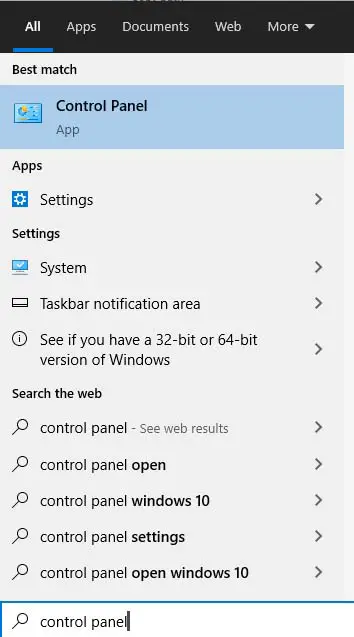What is a MAC address, and how to find a MAC address in Windows 10? We all know that our home network/router assigns an address to each connected device known as an IP address.
Just like that, each hardware piece /device connected to your home network/router has an address identifying its network adapter card. This network adapter’s unique identifier is known as the MAC address.
A MAC (Media Access Control) address is a set of letters and numbers that is hardwired to your network adapter card by the manufacturer.
This card is first installed in your computer, and then this adapter enables our devices to connect to a network.
It does not matter whether you use a wired connection or a wireless network connection.
A network adapter is necessary for both; therefore, it is imperative to know your MAC address. You can connect your device effortlessly to a new network device or configure issues while connecting.
A MAC address has a configuration similar to IP address but is a lot different in functionality and purpose.
Firstly, a MAC address is termed as a physical address in network connection details.
The reason behind this name is that a MAC address is hard-coded to your network adapter. Moreover, unlike an IP, a MAC address cannot be changed.
Some manufacturers allow alternation in MAC address, but it is advised not to temper a device’s MAC unless absolutely necessary.
Now that we know what a MAC address and its significance in connecting us to any network are, let’s learn how to find it in Windows 10 operating system.
Table of Contents
How to find MAC address in Windows 10
Through Control Panel
- Go to the Start menu and type “Control Panel”;

- Open the Control Panel window.
Or
- Press Windows key + R to open the Run utility;
- Type “Control Panel” and press Enter;

- Click on “View network status and tasks” found underneath the “Network and Internet” tile;

- A new window opens displaying: “View your basic network information set up connections”. Locate your currently active internet connection against “Connections”;
- Click on your connection name;

- A pop-up window opens. It will display your network connection status. Click on “Details”;

- A new pop-up window opens. This window displays all your network connection details. In addition, you can find the MAC address of your actively used network adapter against the physical address option.
Through ipconfig command
- Press the Start button and type “Command Prompt“;
- Right-click “Command prompt” and click the “Run as administrator” option;
- In the Command Prompt window type “ipconfig /all”;
- Press Enter;

- A list of all network adapters installed on your computer will be displayed on the screen. Under your active network connection or ethernet adapter, you can check your MAC address next to the physical address option.
Note: With the ipconfig command, you get all the network connection details, e.g., IP address, MAC address for all your network adapters.
If you are interested in fetching only the MAC address of all your network adapters, perform the following steps in the Command Prompt (cmd):
- Type “getmac“;
- Press Enter;

- This getmac command will show the MAC address of all your network adapter cards installed in your system.
Through Windows PowerShell
- Go to the Start menu and type “Windows PowerShell”;
- Right-click Windows PowerShell and click the “Run as administrator” option;
- Type “Get-NetAdapter”;
- Press Enter;

- A list of all your network adapters with their MAC address is displayed.
Note: this PowerShell command allows you to fetch only mac addresses for all your network adapters installed in your computer device.
Wrap Up
A MAC address, just like an IP address, is a combination of two sets of sequences.
One is a set of values that are explicitly assigned to a manufacturer by IEEE standards.
The second is a set of values that distinguishes each network interface card from the other.
However, if you are willing to do a home networking practice, you can get a personalized MAC address with an address generator.
In this article, we have taught you three super easy methods to find your device’s MAC address.
We advise our readers to note down your actively used network card’s MAC address, so you don’t need to go through one of these methods every time it is needed.
There is a disclaimer we would like to mention here. We do not recommend any attempt to change the MAC address. Any action may cause you a network connection disruption.
Check out some of our other awesome articles:
- Changing the DNS in Windows 10
- How can I flush DNS in Windows 10?
- Finding and changing IP address in Windows 10
- How can I clear the clipboard contents in Windows 10?
- How can I open Task Manager in Windows 10?
- Changing the language in Windows 10
- How to show the battery percentage in Windows 10?
- Changing Windows 10 default folder view
- How to fix Windows 10 night light when it’s not working


